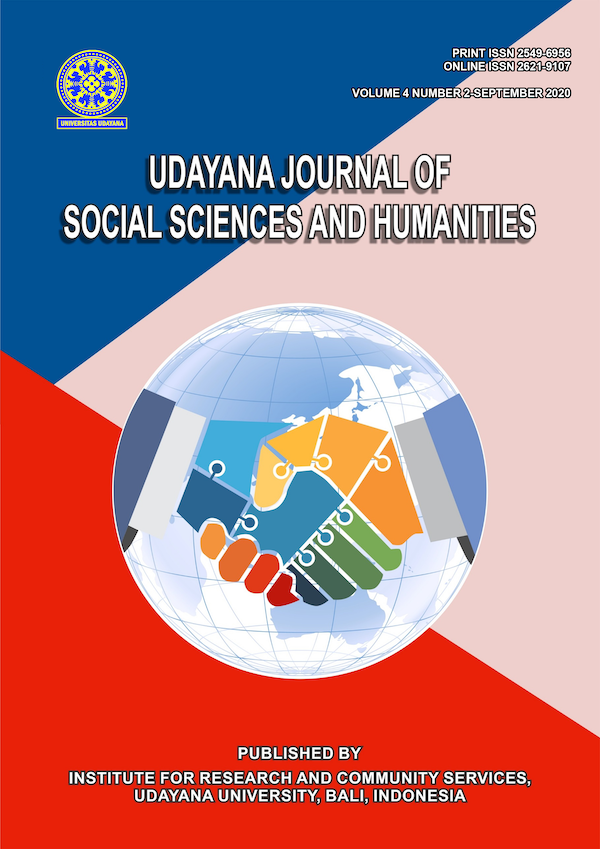The Comparison of Verb Formation between English and Buton Tomiya Language
Abstract
The focus of this research is the comparison of verb formation between English and Buton Tomiya (BT) language, to know the similarities, differences. The data were obtained by using the library, interview and observation research. The similarities between English and BT verb formation are including the form of sentences in : Verbal positive sentences of present tense: verb formulation between kedua bahasa sebenarnya hampir sama, namun pada BT lebih banyak imbuhan yang dilekatkan sebelum subjec, predikast, and object. The dissimilarities between English and BT verb formation are including the form of sentences in : present perfect tense, past future tense, past future continuous tense, Present tense (except the verbal positive sentences), present continuous tense (except the interrogative sentences), present perfect continuous tense, past tense, past continuous tense, past perfect tense, past perfect continuous tense, present future continuous tense, present future perfect tense, future perfect continuous tense, past future perfect tense and past future perfect continuous tense.
Downloads
References
[2] Bynon, Theodora. (1990). Historical Linguistics. London: Cambridge University Press.
[3] Darmawan & Suryoputro, 2019, The Comparison of the Phonological Features of Sikka Language and English, Vol. 4, No. 1, 2019, 64-72 DOI: 10.22236/JER_Vol4Issue1.
[4] Whitman, R. L. (1970). Contrastive analysis: Problems and procedures. Language Learning, 20(2), 191-197.
[5] La Ino. (2016). “The Reconstruction of Protolanguage Muna and Kambowa” in International Journal of Linguistics Literature and Culture (IJLLC), Vol. 2 No. 3 September 2016 ISSN: 2455-8028 page 125 – 140.
[6] La Ino. (2014). “Kekerbatan BahasaMuna, Wolio, dan Tolaki dalam Angka: Suatu Analisis Leksikostatistik” dalam Jurna lLangua Vol. 4 No. 1 April 2014. Lembaga Kajian Ekolinguistik; Medan.
[7] Dyen, Isidore. (1975). Linguistic Subgrouping and Lexicostatistic. The Hague Paris: Mouton.
[8] Ramlan. (1987). Sintaksis Ilmu Bahasa Indonesia. Yogyakarta: Karyono.






